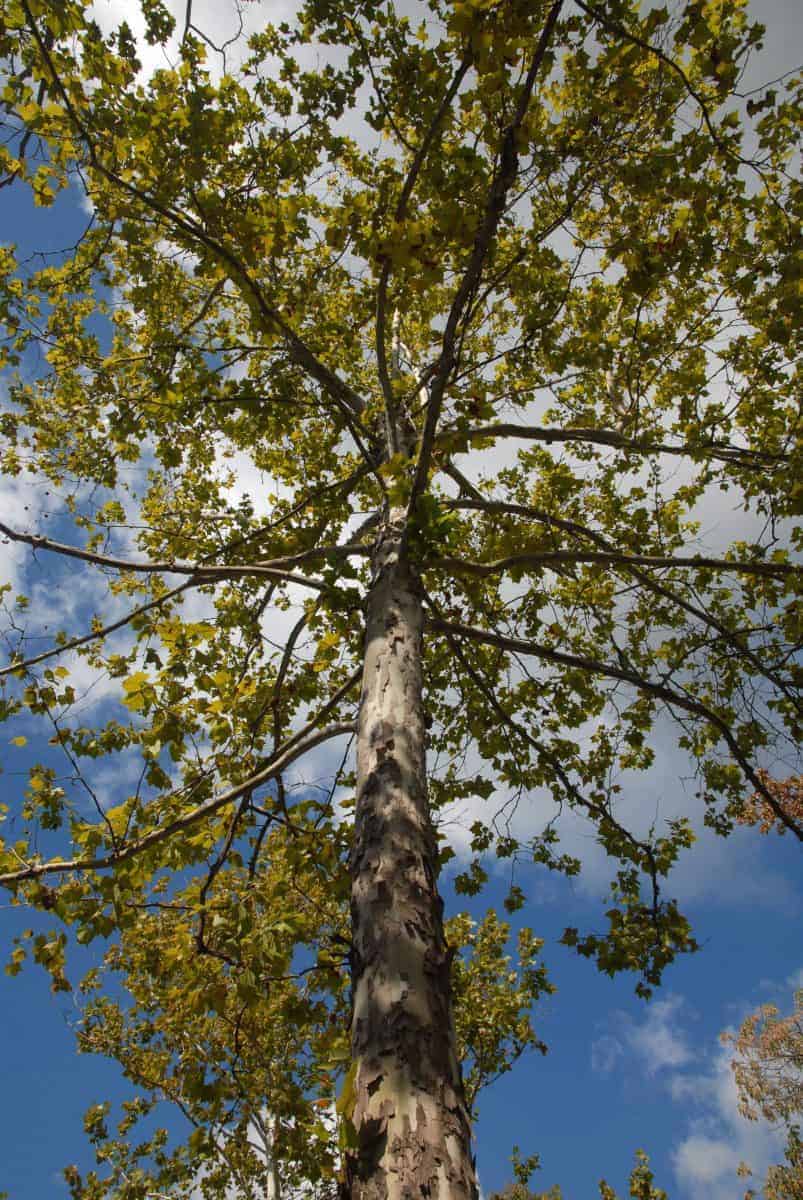BEVA warns owners about deadly disease

It feels like autumn has arrived already, and the British Equine Veterinary Association (BEVA) is urging horse owners to start taking precautions against the fatal disease caused by ingesting sycamore seeds.
Four-fold increase
According to data from the National Equine Health Survey, there was a four-fold increase last year in cases of atypical myopathy (AM) – or seasonal pasture myopathy (SPM) as it is now called.
The origin of the deadly disease was unknown until recently, but research in 2013/14 revealed it is caused by the toxin hypoglycin A, which is contained in certain tree seeds, including the sycamore.
The seeds are not palatable, but horses on poor quality grazing may eat large numbers of them.
‘Devastating condition’
Horse owners are advised to identify sycamore trees while they are in full leaf and the seeds are clearly visible. Even fields without trees in them can contain seeds, as they are often spread by high winds or floodwater.
Mark Bowen, president elect of BEVA said: “We are urging horse owners to be prepared in 2015 to try and reduce the impact of this devastating condition.
“We would urge horse owners to resist the natural urge to fell trees, since doing so can lead to massive pasture contamination further increasing the risks to their horses.”
Prevention
Here’s what you should do to prevent the seeds falling within the reach of horses:
- Restrict access to seeds by using temporary fencing.
- Ensure horses have access to good quality uncontaminated pasture.
- Move horses off pasture at times of risk.
- Provide supplementary feed in the field to minimise the risk of horses being tempted to ingest seeds.
- Avoid leaving wet hay on the ground where it will rot.
- Discuss the risks and how to identify early clinical signs of SPM with your veterinary surgeon.






